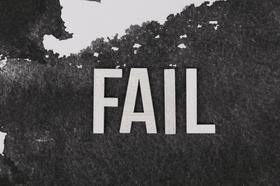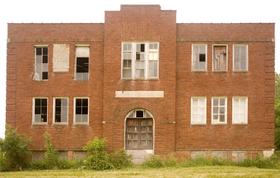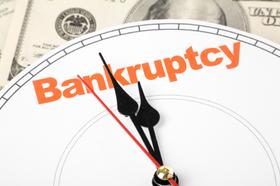Even after the churn of closing nearly 50 schools across the city, one of the largest school districts in the country is continuing to struggle with a $1 billion budget shortfall. Chicago Public Schools continues to make painful cuts to the schools slated to remain open this fall, prompting some principals to accuse the district of forcing them to choose between teachers and essentials like toilet paper, according to the . The new cuts were unveiled weeks after the initial school closings, provoking a whole new series of protests against the school system and the Chicago lawmakers that oversee it.
This video reports on a CPS budget shortfall.
Bad News Travels Slowly but Surely
The reports that news began trickling out about the impact of the budget cuts as principals received their preliminary budgets from the city two weeks ago. The good news is those principals have been given much more power to set priorities for their school – the bad news is there is much less money to go around, forcing principals to make tough decisions about what stays and what must go. As school leaders are beginning to look at the difficult budgeting that lies ahead, staff, parents, and students are beginning to worry about what schools will look like when they re-open in the fall.
Speculation and worry have been fueled by the sheer amounts some schools will be forced to cut. According to Chicago Now, 13 schools will be cut by amounts in the millions, while another seven schools will be forced to cut by $750,000 or more. The total amount to be cut is $65 million overall. Schools forced to cut the most include:
- Curie High School: $3 million
- Kelly High School: more than $2 million
- Lane Tech High School: $2 million
- Kennedy High School: $2 million
- Foreman High School: $1.7 million
The cites research from the parents' group Raise Your Hand, which estimates the total cuts for the schools could total $184 million. Budget cuts now involve 145 schools in the district, which represents more than 20 percent of all the schools in the district. The cuts are based on a new per-pupil formula the district established.
Decisions about where the cuts would take place would primarily be left up to principals and charter operators. In addition to the pending cuts, the district could also see additional long-term solutions to the money crisis, such as addressing pension liabilities that are currently a problem for the district. School leaders are saying the cuts do not leave them enough to cover standard operational costs, and the repercussions will be seen in classrooms.
Placing Blame
The Chicago Tribune also reports that Chicago Mayor Rahm Emanuel and other public school leaders attribute the budget crisis to the failure of lawmakers to come to a consensus on pension reform. The school district has enjoyed a three-year break from pension contributions, which has allowed the district to put that money directly into schools. In the fiscal year that ended June 30, 2013, the district had to put $196 million into the fund. During the next school year, the amount increases to $612 million.
No matter what the reason for the budget crisis, the schools seem to be feeling the brunt of the deficit. Â鶹ąű¶ł´«Ă˝ly a group of state and local legislators encourage Rahm Emanuel to look for other sources of revenue that would provide long-term solutions to the budget problem. These solutions might include pulling money from tax increment district funds to put into schools. At this point, this is one of the few long-term solutions that have been proposed.
Tough Choices
At this point, the schools slated for significant cuts have few options other than to protest decisions by lawmakers. Chicago reports that 30 local school councils have recently united to reject the district budget cuts outright. The collaboration was initiated by Tony Porfirio, chair of Lakeview’s Blaine Elementary. Blaine is currently facing a $600,000 shortfall, which could result in the loss of eight staff members, including a music teacher, an art teacher, and a number of teaching assistants.
“We’ve been presented with no solution, and there’s no resolution in sight,” Porfirio stated at DNAinfo Chicago.
Darcy DeWolfe, the local school chair at Burley Elementary School in Lakeview, told the Chicago Tribune the cuts would result in the elimination of a literacy program that has taken the school from failing status 15 years ago to one of the top-performing schools in the district. The cuts will force the elimination of the school’s reading specialist and a number of teaching assistants that have contributed to the success of the program. DeWolfe stressed the fact that the cuts are occurring at “the classroom level.”
Predictions Coming True
Sadly, the recent cuts were predicted by Chicago Public Schools CEO Barbara Byrd-Bennett as early as last year. Byrd-Bennett warned that if pension reform did not come to the school system, serious repercussions could occur. Byrd-Bennett further acknowledged that those repercussions would be felt in the classroom. It appears her prediction may be tragically coming to pass.
“Nobody I know has said that cuts to meet our responsibilities wouldn’t be felt in the classroom,” David Vitale, president of the Chicago Board of Education, told the Chicago Tribune. “What we have said is we will minimize the effect in the classroom. There is probably no way we can deal with a problem of that size without having some impact in our schools.”
As the cuts come to fruition in anticipation of the upcoming school year, it looks like that impact will become a reality sooner than Chicago teachers and administrators would like.
Questions? Contact us on Facebook. @publicschoolreview















